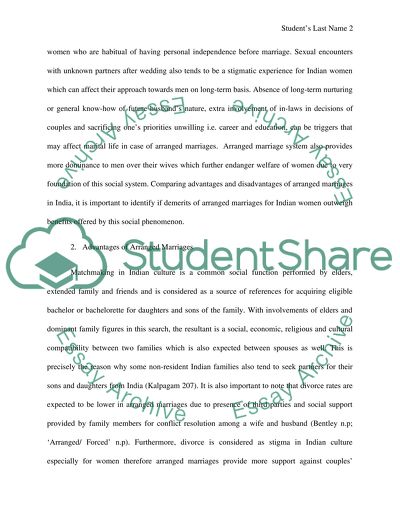Cite this document
(“The effects of arranged marriages on women in India Research Paper”, n.d.)
The effects of arranged marriages on women in India Research Paper. Retrieved from https://studentshare.org/english/1497401-the-effects-of-arranged-marriages-on-women-in
The effects of arranged marriages on women in India Research Paper. Retrieved from https://studentshare.org/english/1497401-the-effects-of-arranged-marriages-on-women-in
(The Effects of Arranged Marriages on Women in India Research Paper)
The Effects of Arranged Marriages on Women in India Research Paper. https://studentshare.org/english/1497401-the-effects-of-arranged-marriages-on-women-in.
The Effects of Arranged Marriages on Women in India Research Paper. https://studentshare.org/english/1497401-the-effects-of-arranged-marriages-on-women-in.
“The Effects of Arranged Marriages on Women in India Research Paper”, n.d. https://studentshare.org/english/1497401-the-effects-of-arranged-marriages-on-women-in.


